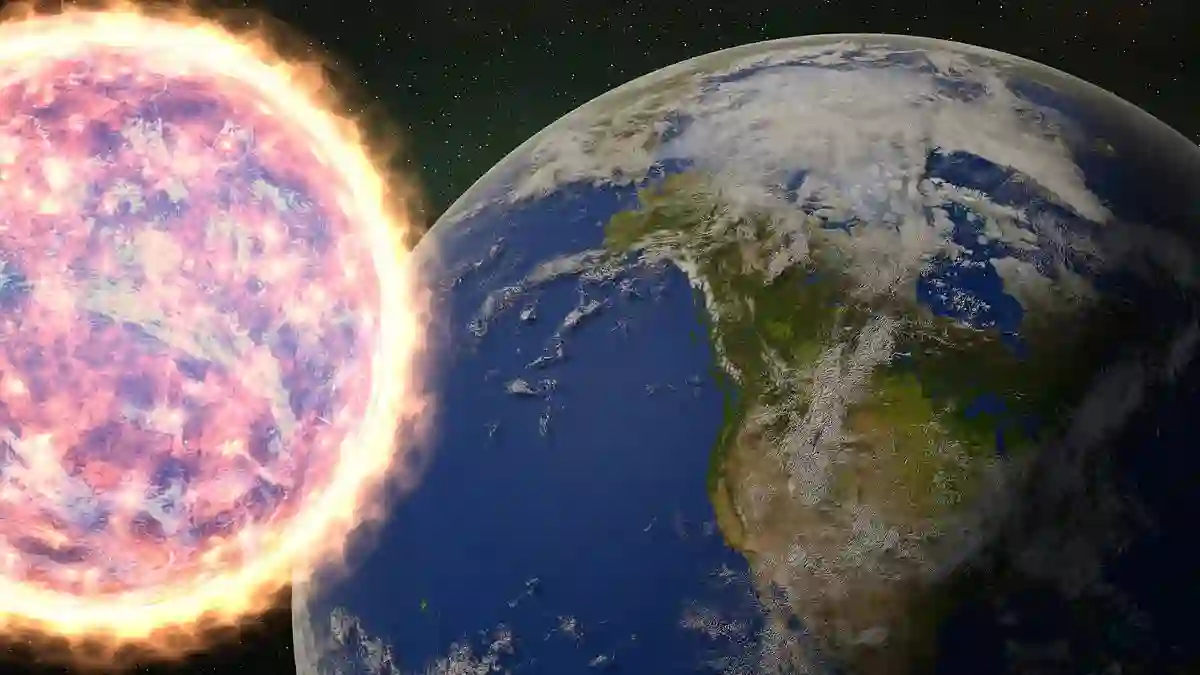It’s not every day you stumble across a planet 154 light-years away that seems to be flashing at us.
But that’s exactly what NASA scientists noticed—and it turns out, this strange signal is coming from a planet twice the size of Earth.
Welcome to TOI-1846 b, the newest cosmic mystery stirring excitement across the astronomical community.
A Curious Signal That Sparked Global Interest
It all began when NASA’s TESS (Transiting Exoplanet Survey Satellite) picked up on a curious, rhythmic dimming from a small red dwarf star.
Every March like clockwork, the star’s brightness would drop slightly, as though something was passing in front of it.
That “something” is now confirmed to be TOI-1846 b—a super-Earth that completes a full orbit around its star every four days.
This repeating signal, or light dip, is a key clue astronomers look for when searching for exoplanets.
TESS has flagged thousands of these dips since it launched in 2018, but TOI-1846 b stood out because of its size and potential makeup.
What Makes This Planet So Special?
TOI-1846 b is nearly twice Earth’s size and four times its mass, making it what scientists call a “super-Earth.”
But here’s the real twist—it sits in the “radius gap,” a zone between rocky Earth-like planets and gas giants like Neptune.
Planets in this range are rare and tricky to study, so every discovery helps fill in the puzzle of how planetary systems form.
Despite the planet’s scorching 600°F (315°C) surface temperature, scientists haven’t ruled out the presence of water.
Based on current data, TOI-1846 b may have a solid core, a thick icy layer, and maybe even a shallow ocean or a thin atmosphere clinging to it.
A Team Effort From Earth and Space
To confirm this planet’s existence, scientists used more than just TESS.
Telescopes on the ground—including the Gemini Observatory in Hawaii—played a big role.
A precision tool called MAROON-X helped measure tiny wobbles in the star’s position, caused by the gravitational tug of TOI-1846 b.
That wobble confirmed the planet’s mass and hinted there might be another planet nearby—one orbiting farther out and possibly in a cooler, more habitable zone.
Abderahmane Soubkiou, the lead researcher from Oukaimeden Observatory in Morocco, explained that they used a mix of photometric data, high-resolution imaging, and spectroscopy to validate the discovery.
One Hot Side, One Cold Side
Another wild detail? The planet is probably tidally locked—just like our moon is to Earth.
That means one side always faces the star while the other remains in permanent darkness.
This intense temperature contrast could create conditions where water gets trapped in cooler regions, depending on how heat is distributed across the planet.
What’s Next for TOI-1846 b?
NASA isn’t stopping here. The James Webb Space Telescope could soon turn its infrared gaze toward TOI-1846 b to analyze its atmosphere.
If it finds traces of water vapor, methane, carbon dioxide, or other key gases, it could reshape what we know about the potential for life on similar planets.
A Bigger Picture Beyond Just One Planet
This discovery arrives alongside another new planet—TOI-715 b, a super-Earth located 137 light-years away.
Both planets orbit red dwarf stars, which are small, cooler stars that make up around 75% of the stars in our Milky Way.
These types of systems are crucial for researchers hoping to understand how some planets manage to keep their atmospheres while others lose them over time.
A Step Closer to Finding Another Earth?
While TOI-1846 b might be too hot to support life as we know it, it’s an important piece of the bigger cosmic puzzle.
Each planet we discover around a red dwarf brings us closer to understanding how many other habitable worlds might be waiting out there—just beyond our reach, but slowly flashing signals in the dark.
